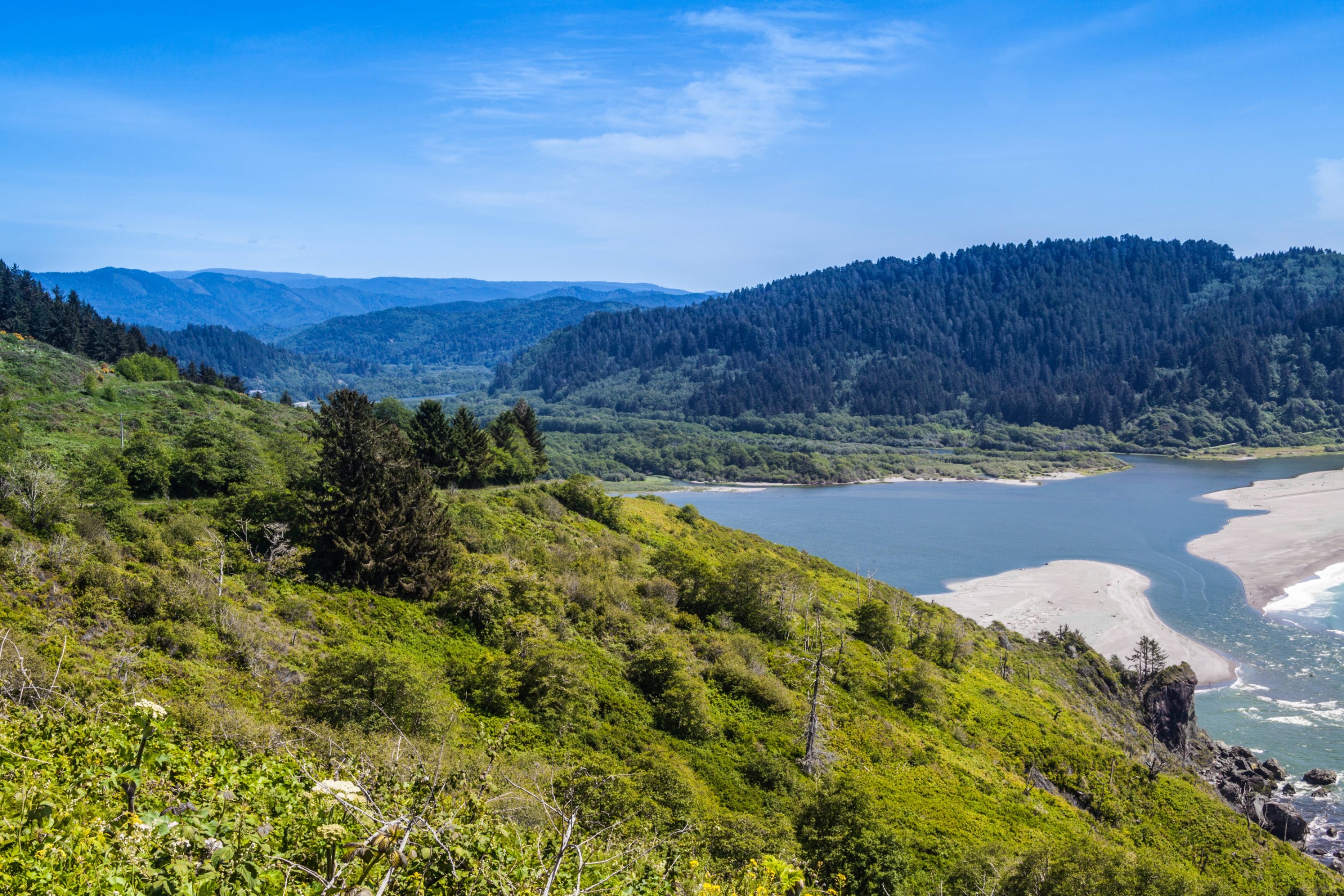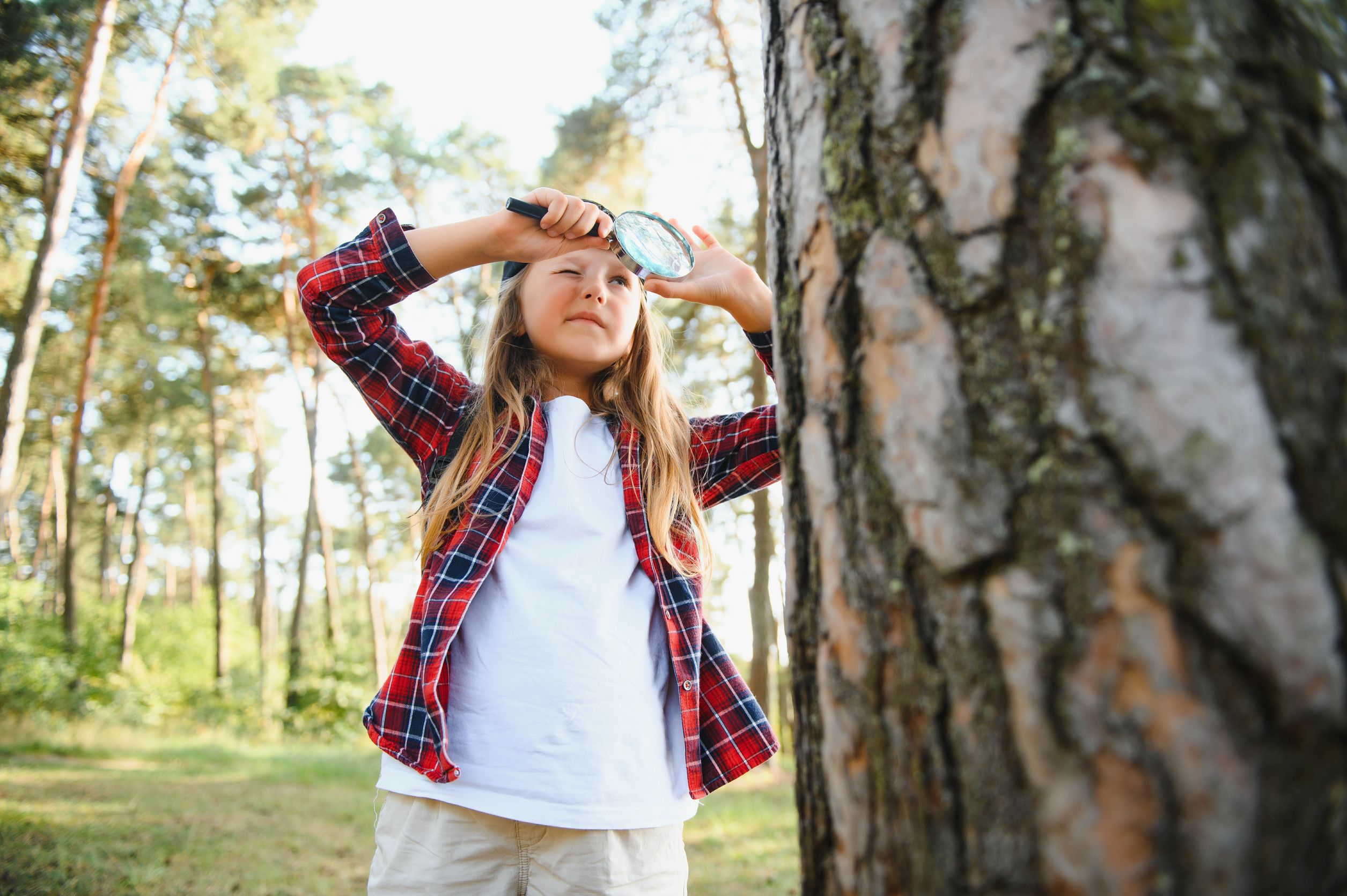BY THE OPTIMIST DAILY EDITORIAL TEAM
In a historic effort, the Shasta Indian Nation stands to regain nearly 2,800 acres of ancestral grounds buried by the Copco I dam on the Klamath River. This important return coincides with California Governor Gavin Newsom’s apology to the state’s tribes, which marks the fifth anniversary of this historic act. On June 5, Newsom personally informed the tribe during a review of the dam removal process. Christina Snider-Ashtari, tribal affairs secretary and head of the Governor’s Office of Tribal Affairs emphasized the significance of this event, saying, “The Truth and Healing Council is not just an apology from the governor and a talking circle.”
The Siskiyou County Board of Supervisors also endorsed the measure. In November, they unanimously supported the tribe’s request, sending a letter of support to the California Department of Fish and Wildlife that acknowledged the tribe’s traditional and cultural links to the property.
Over the next few months, state agencies will collaborate with Shasta officials to formalize the land transfer, including the creation of management plans, memorandums of understanding, and conservation and public access easements. Snider-Ashtari expressed hope for Indigenous peoples’ future success, emphasizing the shared goal of communal land stewardship.
A legacy of displacement and survival
For thousands of years, the Shasta tribe lived in Northern California, from Seiad Valley to southern Oregon. The Kikacéki and Kutarawaxu bands resided on the Klamath River until gold miners arrived in the 1850s. The resulting rush of settlers caused enormous hardship among the Shasta people, including massacres, forced marriages, and land seizures.
Chief Bogus Tom Smith labored tirelessly to reconstruct the village, obtaining Indian land allotments and marrying tribe members with landowners. By the early twentieth century, he had managed to put together some ranches to serve as houses for his people. However, the small valley, which is suitable for generating electricity, was quickly identified for dam construction. The Siskiyou Electric Light and Power Company began building the first of these dams, Copco No. 1, in 1910. Eminent domain was used to evict the small tribe’s members from their homes.
Despite the hurdles, the 300-member group has sought to reclaim its ancient grounds ever since. The historic return of their land demonstrates their perseverance and determination.
Environmental impacts and the battle for restoration
The dams not only displaced the Shasta people but also had a negative impact on the ecology. The dams obstructed a significant number of salmon, steelhead, and other migratory fish spawning grounds. For decades, tribes around the Klamath River, who relied on a clean, free-flowing river and plentiful fish, battled to have the dams removed. These streams had also become breeding grounds for harmful blue-green algae, which killed fish and contaminated waters downstream.
These efforts culminated in 2022, when the dam removal agreement was finalized, opening the way for the nation’s greatest dam deconstruction to date. Among other provisions, lands previously owned by PacifiCorp, the dams’ final owner, were given to the states of California and Oregon, or a designee chosen by the state, to be administered for public benefit. The Shasta Indian Nation formally demanded the restitution of the “Parcel B” lands, which were drowned under the Copco I dam during the process.
Governor Newsom will return the property and the sacred site of K’účasčas after the Klamath River Restoration Corporation, the nonprofit coordinating the project, completes the dam removal later this year. This return is especially noteworthy because the Shasta Indian Nation is not federally recognized, which has hindered their fight for rights and resources.
Collaborative stewardship and visions for the future
To meet the public access requirement, the tribe is currently developing plans for the reclaimed property, which include the construction of a cultural center and a public trail detailing Shasta history. Unlike previous land returns, this one has no restrictions on other developments, such as dwellings. The Shasta Indian Nation wants to honor Bogus Tom’s initial purpose of restoring a home for the entire community.
Candice Difuntorum, Shasta’s vice-chairman, underlined the tribe’s goals of cultural renewal, education, and landscape management. “The dam removal has exposed 35 miles of river that hasn’t seen the light of day for over 100 years, and we look forward to restoring the river, our lands, our ceremony, and people.”
“Today is a turning point in the history of the Shasta people,” said Shasta Indian Nation Chairman Janice Crowe. “Now we can return home, return to culture, return to ceremony, and begin to weave a new story for the next generation of Shasta, who will get to call our ancestral lands home once again. This is justice for Shasta people.”
The recovery of these lands is not just a win for the Shasta Indian Nation, but also a step toward environmental restoration and a model of shared stewardship. As the tribe and the state collaborate to repair and manage these grounds, there is renewed optimism for a future in which humans and nature can coexist.











